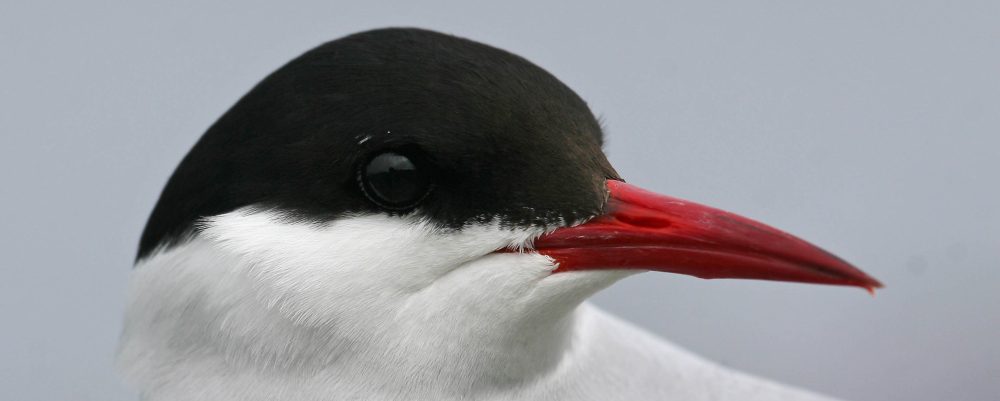For the third time in four days I found myself searching for a dead whale. On the other day of the four we were playing with blow up whales and ‘jumping’ rubber seals training to be marine mammal medics. It would be good and healthy for my soul to spend a little time in the presence of a live cetacean sometime soon – roll on March. More about that another day.
It turns out that after the Minke washed up at Cromer on Friday a Sperm Whale was reported within a mile of Cromer on the Saturday. I couldn’t find it. I found out yesterday this was a hoax. A much more reliable report came in yesterday of another Minke further around the coast at Sea Palling. When I arrived at the site disposal was already being arranged. This was a smaller whale (5.8m) than the Cromer individual, a young female, and had been dead around 3 to 4 days or maybe less,
I guess this individual had wandered inshore of the reef and had become trapped. Dead Minke Whales tend to float upside down and their skin is easily abraded hence the dorsal fin and upper surface damage where it had scraped on sand and rocks. The holes on the underside were natural orifices that had been extended by bird damage.
News of yet another stranding prompted someone to ask me “what’s going on?” It’s not an unreasonable question given that the last officially recorded Minke Whale stranding was 44 years ago and then we get two in four days. It’s sad to see such a glorious animal in such a sorry state but every cloud has a silver lining. If the Herring Shoals offshore were not in such a good state and sightings of whales off the Norfolk Coast were not increasing we wouldn’t have ship strike and stranded Minke Whales as well as Humpbacks offshore. As it always has been, death is a part of life.


Share this with someone? :-















